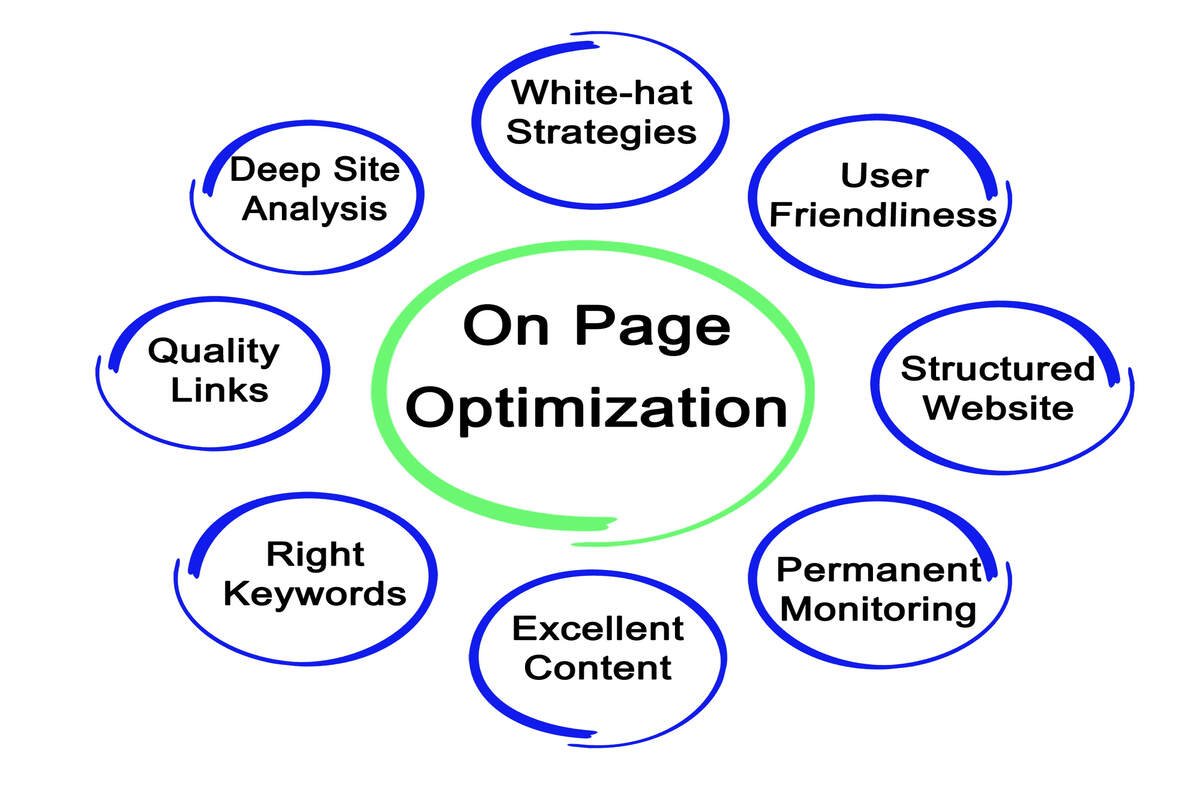
In the ever-evolving landscape of Search Engine Optimisation (SEO), staying ahead of the game is crucial for website visibility and traffic. One often-overlooked yet powerful tool in the SEO arsenal is the strategic use of header tags. Header tags not only enhance the structure and readability of your content but also play a significant role in search engine rankings. In this ultimate guide, we will delve into the importance of header tags and provide actionable tips to leverage them for SEO success.
1: Understanding Header Tags
What are Header Tags?
Header tags (H1, H2, H3, etc.) are HTML elements used to define headings and subheadings within a webpage. They provide a hierarchical structure to your content, making it easier for both users and search engines to understand the organisation of information.
Importance of Header Tags in SEO
Search engines use header tags to decipher the content hierarchy, determining the main topics and subtopics on a page. Properly structured header tags can positively impact your website’s SEO by improving crawlability, user experience, and keyword relevance.
2: Choosing the Right Header Tags
H1 Tag – The Main Heading
The H1 tag should be reserved for the main heading of your page, conveying the primary topic. It carries the most weight in SEO, signaling the importance of the content to search engines.
H2-H6 Tags – Subheadings and Beyond
H2 to H6 tags are used for subheadings and further categorisation. Utilise them to create a logical flow of information, emphasising hierarchy and relevance. Each subsequent header tag should represent a lower level of importance.
3: Best Practices for Header Tag Optimisation
Incorporating Keywords
Strategically place relevant keywords within your header tags to enhance their SEO impact. However, prioritise natural language and readability over keyword stuffing, as search engines penalise for over-optimisation.
Maintaining Consistency
Maintain consistency in your header tag hierarchy throughout your website. This uniformity aids search engines in understanding your content structure and improves user experience.
Responsive Design and Mobile Optimisation
Ensure that your header tags are well-optimised for mobile devices. With the increasing prevalence of mobile searches, a responsive design is critical for SEO success.
4: Header Tags and User Experience
Improving Readability
Well-structured header tags enhance the overall readability of your content, making it easier for users to skim through and find relevant information quickly.
Breadcrumbs for Navigation
Utilise header tags to create intuitive breadcrumbs, improving navigation for users and search engines alike. Clear navigation contributes to a positive user experience, potentially boosting your SEO.
5: Monitoring and Analysing Header Tag Performance
Using Analytics Tools
Leverage analytics tools to monitor the performance of your header tags. Track changes in rankings, user engagement, and click-through rates to assess the effectiveness of your optimisation efforts.
A/B Testing
Experiment with different header tag structures through A/B testing to identify the most effective format for your specific audience and content.
Conclusion:
Mastering the art of header tag optimisation is a crucial step towards achieving SEO success. By understanding their significance, choosing the right tags, and implementing best practices, you can enhance your website’s visibility and improve the overall user experience. Stay vigilant, monitor performance, and adapt your strategy to the ever-evolving landscape of SEO for sustained success.


